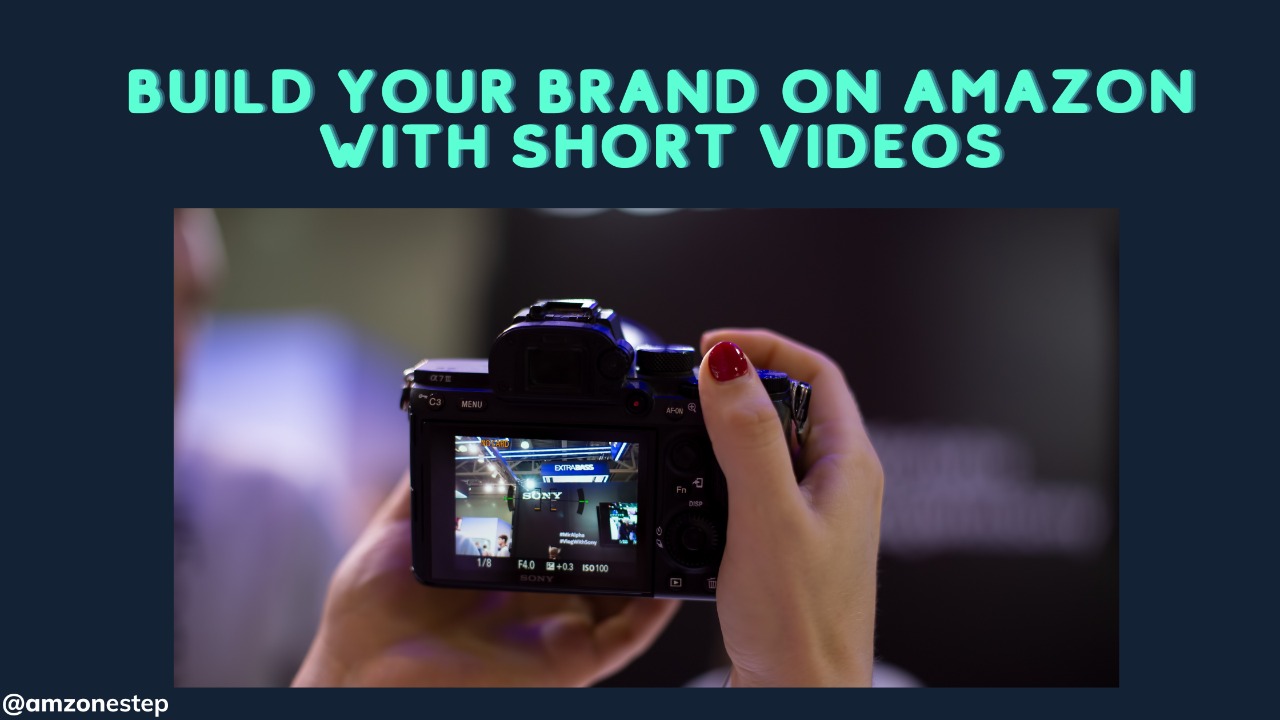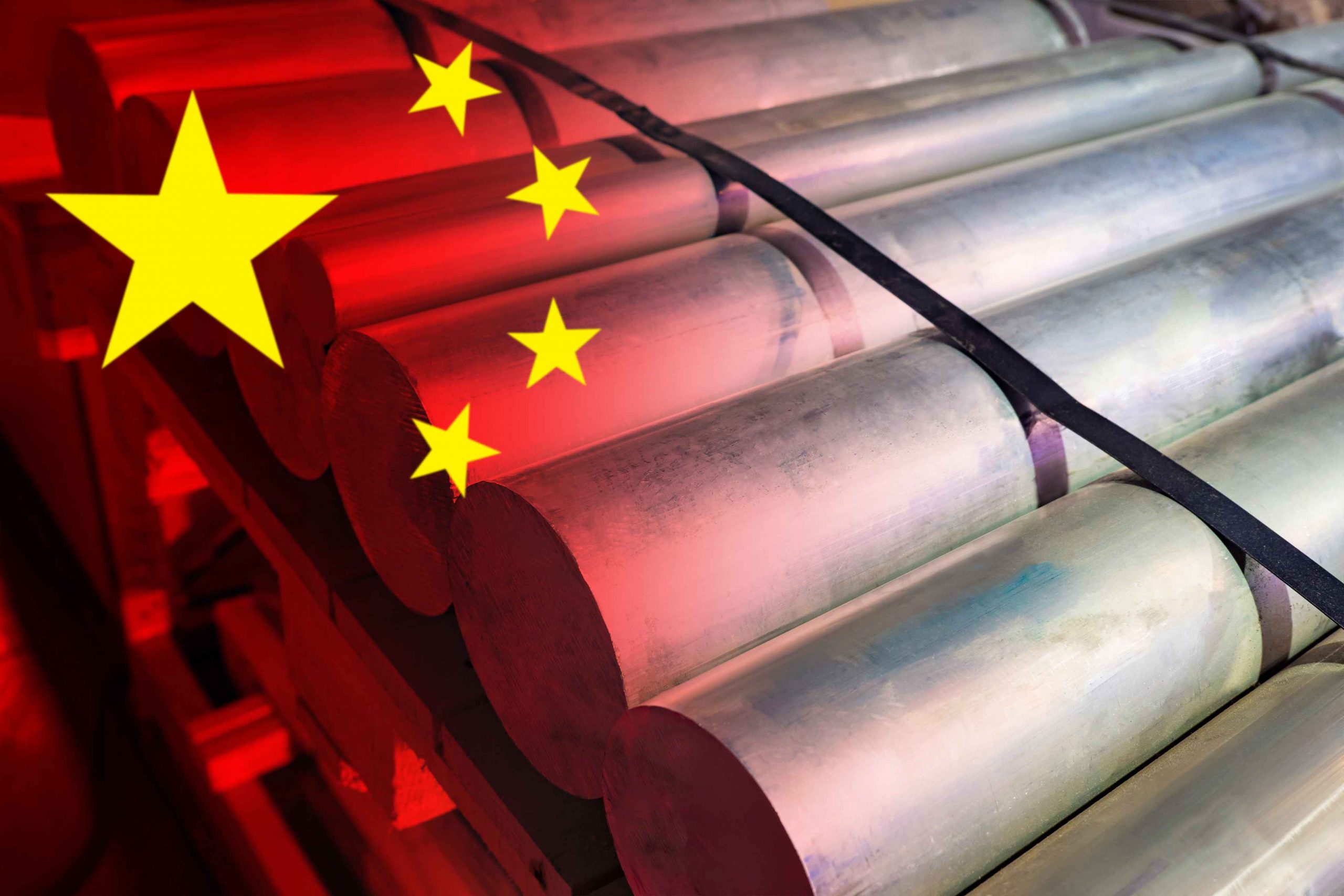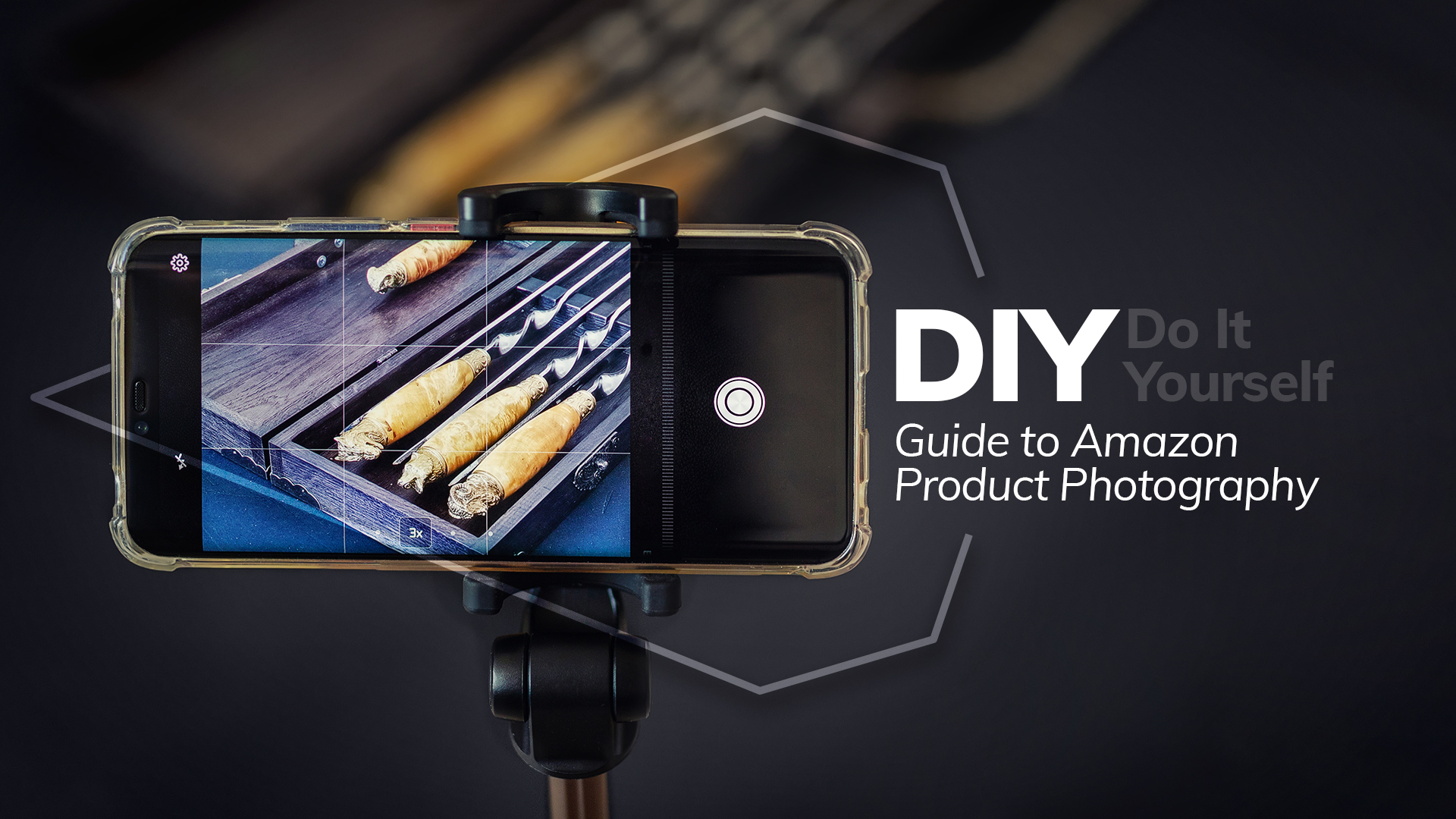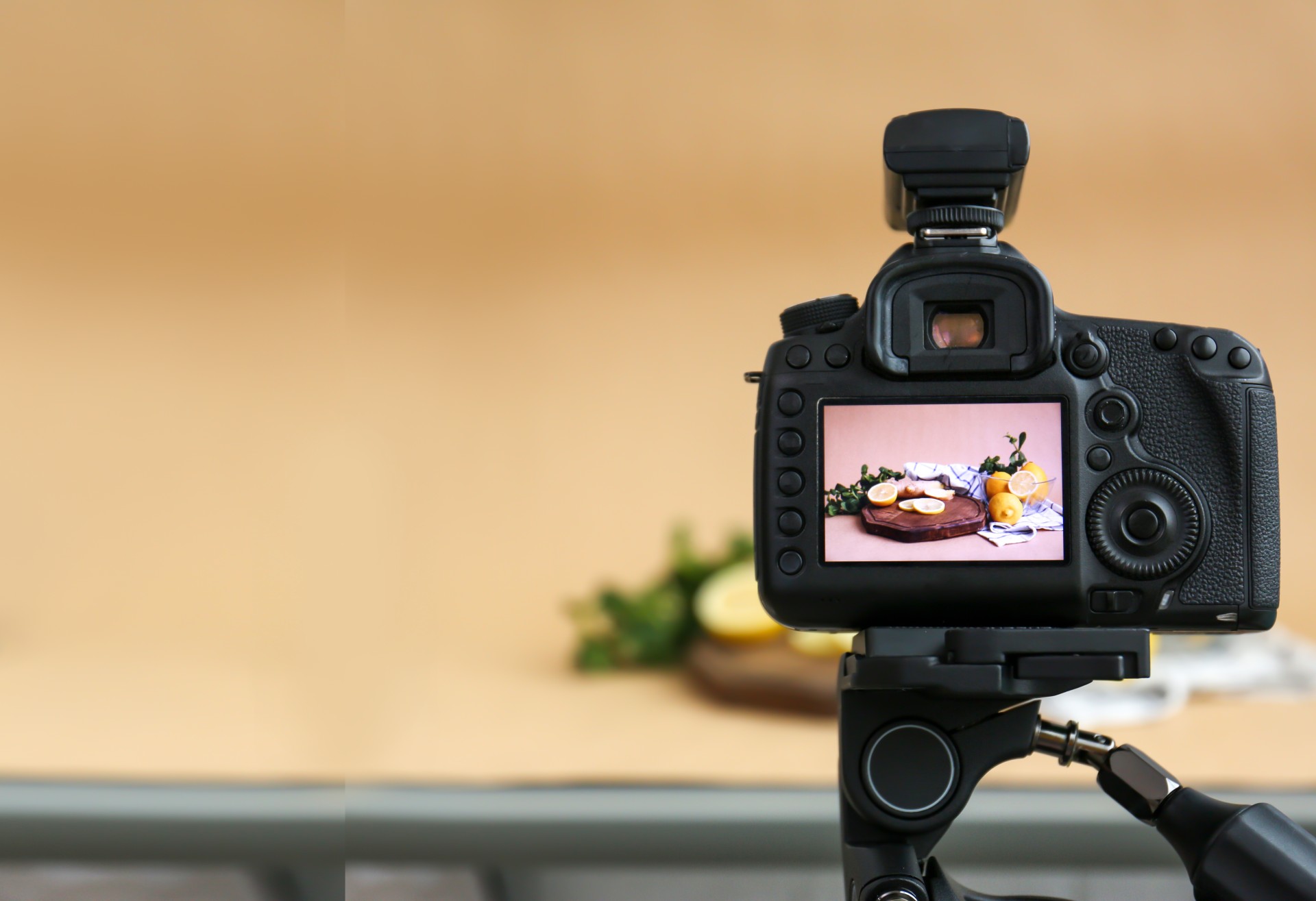Sellers are always looking for new and different ways to increase Amazon sales, but the answer is right under their nose. Improving Amazon product photography not only attracts more traffic to your pages but also gives your shoppers a more detailed understanding of the product, which can, in turn, increase sales on Amazon.
The problem is that photography uses a different skill set than retail, so many sellers simply don’t know how to take a good product picture. To help you get started, below we share 7 tips on how to optimize your Amazon product photography to increase FBA sales or Amazon sales in general.
Read More: 7 Creative Amazon Product Photography Ideas To Stand Out
1. Show Different Sides of the Product
One of the inherent problems with eCommerce is that shoppers cannot pick up or interact with the product — they rely on product photography to judge the item’s shape, weight, and moveability. So to give shoppers the fullest understanding of what they’re buying, show the product from different angles, in different forms, inside and outside the product packaging.
It helps to shoot multiple angles of the product against a white background, just like the one required for your main image. Be sure to include a shot of everything unpacked from the container so your customers see what they’re getting, but also include a shot of the package before it’s opened. If your product has moving parts or accessories, show them in use, too.
2. Use Creative Camera Angles
Aside from the main image requirements, you’re free to include additional, more creative product photography ideas. These can be instrumental in increasing Amazon sales if you know what kinds of photography shoppers want to see.
- Infographics outlining features — You’re free to add text to some of your photos, so try pointing out certain features or hard-to-see parts, so shoppers know they’re there.
- Products in use — Show actual people using your products so the customer can imagine what it’d be like to own it themselves. You can also use this style to demonstrate certain features that aren’t obvious.
- Secondary objects — Include another object in the photo as a frame of reference for size and to be suggestive. For example, include an actual strawberry next to a strawberry-flavored product.
- Show movement — If your product has moving parts, try taking multiple pictures of the parts in different positions so shoppers know its flexibility.
You also should strongly consider Amazon product videos. Product videos are known to boost sales because they show off the product better than still photos. Customers can see how people use the product, and you can even demonstrate certain features that photos still can’t convey.
Read More: 20 Stats to Drive Your Amazon Video Marketing Strategy
3. Minimize Empty Space
A common piece of advice expert photographers give to beginners is to “fill the frame,” which essentially means minimizing the amount of empty space in the background. Your product should be the main focus of attention, so make sure it takes up the majority of your shot. Try to get the camera close enough to the product that the background is hardly noticeable.
In fact, one of the Amazon product photography requirements states that, for the main image, the product must take up 85% of the frame. Aside from the main image, you’re free to play more with perspective, but minimizing empty space is a good photography tip in general.
4. Follow the Amazon Product Photography Guidelines
Even more important than attracting shoppers is following Amazon’s product image requirements. There are some particular rules you don’t want to accidentally break, and by learning the requirements, you can better understand what kind of pictures you can and cannot use.
Specifically, here are some key takeaways:
- 1000-pixel minimum on either width or height
- use either color mode sRGB or CMYK
- the format must be either JPEG, PNG, GIF, or TIFF
- use a true white background (RGB: 255, 255, 255) for the main image
- do not use additional text, graphics, or inset images for the main image
As you can see, taking product photography with a white background is necessary for at least one of your photos. However, you can make the most out of the white background by shooting multiple angles, as we advised in step 1.
Read More: How to Hire the Best Amazon Product Photographer
5. Learn How to Retouch Photos
Even the best product photographers still use photo editing software to touch up their photos. Retouching product photos is the norm on Amazon and most other eCommerce sites, so if you want your pictures to compete you’ll have to learn some of the basics.
The good news is that you don’t need to drop hundreds of dollars on Photoshop. You can find cheap or even free photo editing software online. This can help with aspects like brightening the colors, removing dust or other blemishes, and allowing you to superimpose text or overlap images.
6. Use Proper Equipment
While you can technically take product photos on your smartphone, you’ll get the best results with proper photography equipment, including both a camera and lighting. To maximize results, you’ll also want accessories like a tripod and an adequate white background.
The best cameras for Amazon product photography are usually mirrorless or DSLR. As for artificial lighting, try LED or incandescent lamps. However, be aware that these aren’t always cheap. If you want to keep your budget down, consider working with someone who already owns these things, which brings us to our final tip…
Read More: Amazon Product Photography Tips To Adopt In 2022
7. Work with Amazon Product Photography Services
While these tips are designed to improve the work of an amateur photographer, you can’t master the art of product photography in a few weeks or months. If you want truly mesmerizing pictures, you may want to hire Amazon product photography services.
If you’re worried about money, hiring a professional Amazon photographer means you don’t have to buy any new equipment. In this sense, you’re coming out ahead in the cost ratio because you can leverage professional-tier equipment without actually having to buy it.
But more important is the skill of professional photographers, who have spent their lives honing their craft and can understand concepts like angles, lighting, and how to use a camera. A professional photographer will know the right settings and angles by heart, and if you work with an Amazon service, they’ll also be familiar with the image requirements. If you’re interested and want to hear a quote, schedule a free consultation call now, up to 60 minutes. We’ll answer all your questions and explain how we can help!









